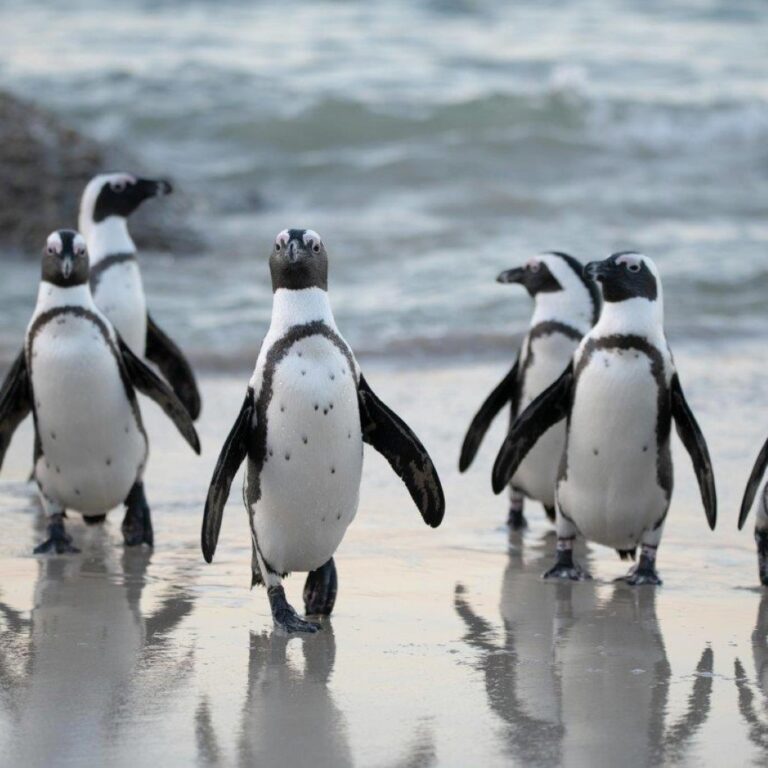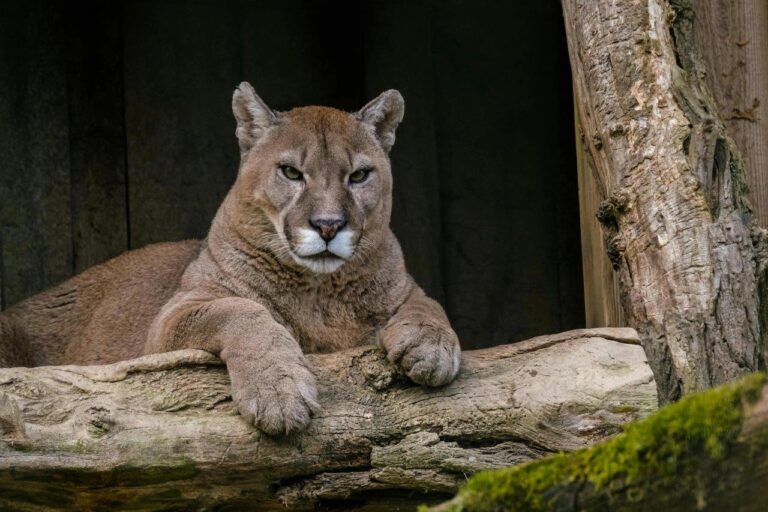There are 18 different species, ranging from the small Little Blue Penguin, standing about 16 inches tall, to the Emperor Penguin, which can reach heights of 4 feet.
Penguins are flightless birds, but they are excellent swimmers. They have strong flippers and streamlined bodies that make them highly efficient in the water, where they spend most of their time.
The black and white coloration of penguins serves as camouflage. Their black backs blend in with the dark ocean when viewed from above, while their white bellies blend in with the bright surface when viewed from below.
Emperor Penguins are known for their incredible endurance, as they trek up to 70 miles across the Antarctic ice to reach their breeding grounds. They are also the only penguin species that breeds during the harsh Antarctic winter.
They primarily feed on fish, squid, and krill, which they catch while swimming. Some species can dive to depths of over 500 meters (1,640 feet) in search of food.
They have a unique gland near their eyes that filters out salt from the seawater they swallow while hunting, allowing them to drink seawater without dehydration.
The Adélie Penguin is one of the most widespread penguin species, found along the entire coast of Antarctica. They are known for their feisty and curious behavior.
They are highly social birds and often form large colonies, known as rookeries, where thousands of individuals gather to breed, molt, and feed.
Penguin parents are highly dedicated to their chicks. In many species, both parents take turns incubating the eggs and feeding the chicks once they hatch.
The distinctive waddling gait of penguins is due to their short legs and upright posture, which are adaptations for swimming rather than walking.
They have a layer of blubber under their skin that provides insulation in cold waters. Their feathers are also densely packed and waterproof, helping them stay warm and dry.
The Gentoo Penguin holds the record for the fastest swimming speed among penguins, reaching speeds of up to 22 miles per hour.
They use a variety of vocalizations and body language to communicate with each other. They have distinct calls that help them recognize their mates and chicks in large colonies.
The Galápagos Penguin is the only penguin species found north of the equator. It lives in the tropical climate of the Galápagos Islands, where it has adapted to warmer temperatures.
Conservation efforts are crucial for penguins, as many species face threats from climate change, overfishing, and habitat destruction. Protecting their habitats and ensuring a stable food supply are vital for their survival.


